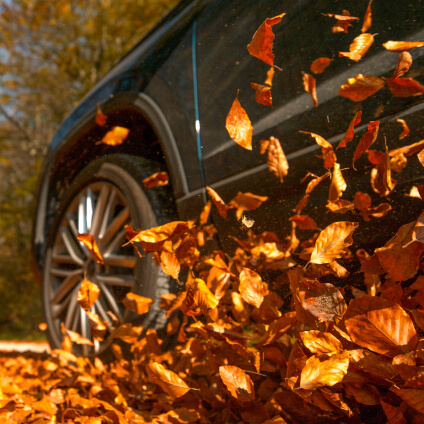How to Keep Your Vehicle and Yourself Safe During Heavy Rains and Extreme Weather

Extreme weather, such as heavy rains, storms, and hurricanes, can pose significant challenges for drivers and their vehicles. These conditions can reduce visibility, affect road traction, and increase the risk of accidents. Below are a few essential tips to help you keep your vehicle and yourself safe during heavy rains and other extreme weather conditions:
- Stay Informed
Before embarking on your trip, check the weather forecast. Stay updated on any weather alerts or warnings issued by local authorities. Being aware of the weather conditions can help you make informed decisions about whether to travel, delay your trip, or take alternate routes. - Prepare Your Vehicle
Make sure your vehicle is in optimal condition for extreme weather. Regular maintenance, especially before the rainy season, is essential. Check your tires, brakes, wipers, lights, and make sure your vehicle's electrical systems are functioning correctly. Proper maintenance reduces the risk of breakdowns during adverse weather. -
Tires and Tread Depth
Adequate tire tread depth is vital for maintaining traction on wet roads. Check your tires for wear and tear and consider switching to all-season or winter tires for added grip. Properly inflated tires also help with hydroplaning prevention. -
Reduce Speed and Increase Following
Distance
During heavy rain or storms, reduce your speed to maintain better control of your vehicle. Wet roads can be slippery, and sudden braking can lead to accidents. Increase your following distance to give yourself more time to react to unforeseen situations. - Use Your Lights Turn on your headlights, even during the day, in heavy rain. This makes your vehicle more visible to other drivers and enhances your visibility of the road. Do not use high beams in heavy rain as they can cause glare and reduce your visibility.
- Avoid Puddles and Standing Water Puddles and standing water can hide hazards like potholes or debris. Driving through standing water can also lead to hydroplaning. If you encounter water that seems deep, avoid it or take it slow to prevent potential damage to your vehicle.
-
Maintain Clear Vision
Keep your windshield and windows clean and free of debris. Replace wiper blades as soon as they show signs of wear. Good visibility is crucial in heavy rain, and dirty or streaky windows can reduce your ability to see clearly. -
Have an Emergency Kit
Carry an emergency kit in your vehicle, which should include essentials like a flashlight, extra clothing, blankets, first aid supplies, and non-perishable food. If you get stranded or stuck on the road due to weather-related issues, these items can provide comfort and safety.
Heavy rains and extreme weather can be challenging to navigate on the road, but by following these safety tips, you can reduce the risks and ensure the safety of both you and your vehicle. NHTSA put together a guide that outlines more tips on how to stay safe while driving in extreme weather conditions.
By following these easy steps and maintaining the proper insurance coverage, you can enjoy your rides, even during weather events, safely. Our personal auto insurance policies provide coverage for bodily injury and property damage to others, no-fault personal injury coverage for your vehicle's occupants, and physical damage coverage for your own vehicle for collision or other perils.
Safety Insurance is committed to providing the highest standard of service to our policyholders - we offer increased coverage for convenience and peace of mind through our Safety Shield Plus, a broad coverage endorsement for your Personal Auto Insurance policy.
Please view our products for more information on our endorsements and connect with us on Facebook and Twitter to receive the latest updates.
Please contact your independent agent and they will be happy to answer any questions about coverage. Safety Insurance helps you manage life’s storms both online and in person.





